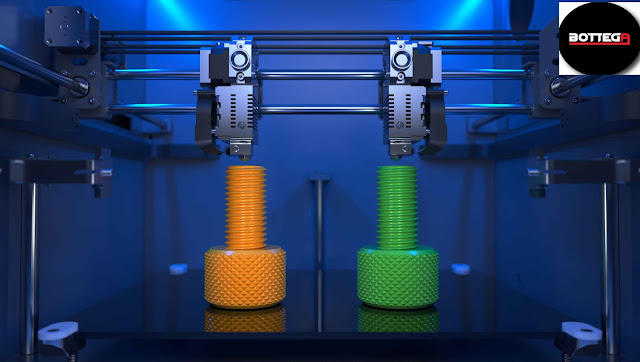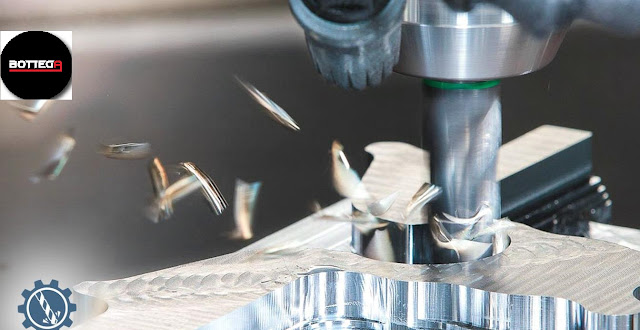The Magic of 3D Printing: Exploring its Advantages and Benefits Across Industries
3D printing, also known as additive manufacturing, has revolutionized the way we approach manufacturing, design, engineering, and even medicine. From creating complex parts for the aerospace industry to building prosthetics and toys, 3D printing has proven to be an innovative and dynamic technology that has the potential to transform various industries. In this blog, we’ll explore the What, Why, and How of 3D Printing, examine its unique advantages, and identify which industries are already benefitting from this cutting-edge technology.
What is 3D Printing?
3D printing is a fabrication process that builds objects layer by layer using a digital 3D model. It involves a printer that deposits materials, such as plastic, resin, and metal powders, in successive layers until the final part is created. The 3D model is created using computer-aided design (CAD) software, or in some cases, through a 3D scanner. The printer reads the model and prints the object by adding or subtracting layers until the final part is finished.
Advantages of 3D Printing
One of the primary advantages of 3D printing is the ability to create complex and custom parts that may not be possible or cost-effective using traditional manufacturing processes. 3D printing also reduces waste and production time, as it allows for testing and refining of designs in a cost-effective manner. Additionally, 3D printing enables on-demand production, which means that manufacturers can print parts as and when required, reducing inventory costs.
Industries that Benefit from 3D Printing
The aerospace, automotive, medical, and dental industries are some of the most significant beneficiaries of 3D printing technology. In aerospace, 3D printing has the potential to reduce weight, improve fuel efficiency, and optimize aerodynamics. In the automotive industry, 3D printing is used for prototyping and creating lightweight components. In medicine, 3D printing is enabling personalized and customized prosthetics, while in the dental industry, 3D printing is transforming the way we approach tooth replacements, crowns, and bridges.
The Future of 3D Printing
The future of 3D printing looks promising, with innovations such as multi-material printing, larger build volumes, and faster printing speeds on the horizon. Additionally, the use of 3D printing is expanding beyond manufacturing and into areas such as construction, fashion, and even food.
Challenges of 3D Printing
While 3D printing presents significant advantages, it also has its share of challenges. Scalability, material costs, and regulatory compliance are just a few examples of the issues that need to be addressed as 3D printing technology continues to advance. Additionally, skilled labour is needed to operate and maintain 3D Printing Technology, which may pose a challenge in some settings.
Conclusion:
3D printing is a transformative technology that has the potential to revolutionize manufacturing, design, and engineering across various industries. Its unique advantages, such as the ability to create complex and custom parts with reduced waste and production time, make it an attractive technology in today’s dynamic and ever-changing market. While 3D printing has challenges to overcome, it’s clear that this technology is here to stay and is poised to become even more critical in our future.
.jpg)



Comments
Post a Comment